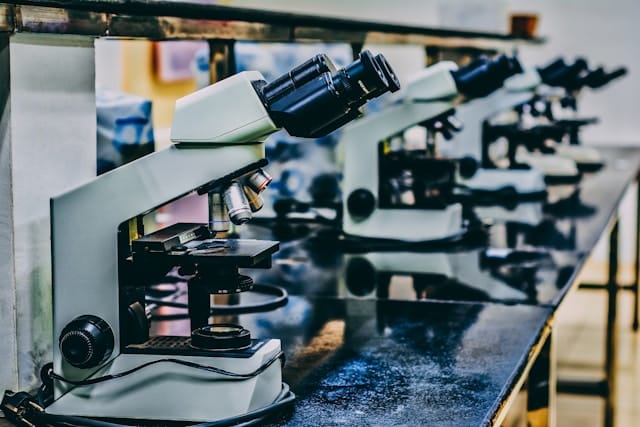What Scientists Actually Want From Space Experiments

Sebastian Gutierrez
Published: Apr 25, 2025

What Scientists Actually Want From Space Experiments
Last week, I spoke with Dr. Anne Wilson, a professor of chemistry and biochemistry at Butler University who’s worked on protein and semiconductor crystal experiments aboard the International Space Station (ISS) and with Redwire Space Corporation.
What she shared was revealing.
It’s not just about getting into space, it’s about what happens once you’re there.
“It’s like waiting for a bus”
Dr. Wilson wants to do science and believes there are still very simple questions to be answered about doing space in a micro-gravity setting. Unfortunately, there isn’t a current way to do this basic science (before we even get to the more spectacular pie-in-the-sky experiments.) As an example, Dr. Wilson shared that it’s still not fully scientifically clear how solubility works in micro-gravity.
The thing delaying science is that
- Flight manifests to get to space are full
- Delays are long (3–10 months average)
- Right now (April 2025), nobody is flying until February of 2026
Her ideal setup? Running experiments weekly.
The Pain Points
From her experience, here are the biggest blockers in current space science:
1. Not enough instrumentation
- “Some of the ISS equipment can measure reactions in situ, but we don’t have a proper suite.”
- There’s no “conveyor belt” for analyzing products, checking purity, or rerouting experiments.
2. No real-time feedback
- “We can’t watch the chemistry happen.”
- There’s no ability to run a decision-tree mid-experiment:
“If temp goes up → log video → check purity → start alternate path.”
3. Everything’s too rigid
- One launch. One chance. One shot.
- No chance to make adjustments like you would in a real lab.
4. No ability to iterate
- “When I do science on Earth, I run things in triplicate.”
- Space science doesn’t allow for that. Not without waiting another 6–12 months.
What Scientists Actually Want
What Dr. Wilson described is a wish list for future microgravity labs:
| Feature | Description |
|---|---|
| Modular analysis suite | Spectrometry, imaging, purity checks. Automated and in one package |
| Real-time data | Video, sensor output, decision-tree branching |
| Lower barriers to launch | Weekly or monthly launch cadence. Not twice a year |
| More destinations | ISS PLUS free-flyers, spin rigs, private stations |
| Predictable scheduling | “Like catching a train, not chasing a unicorn” |
| Reruns | Run-compare-repeat. Like science is supposed to work. |
The Opportunity
The ISS is being decommissioned in late 2030.
That means researchers like Dr. Wilson will need:
- A place to do microgravity and partial-G research
- Tools to run, monitor, and iterate on experiments
- A way to own their science without begging for manifest space
How Spark Gravity Fits In
We’re not just trying to build “gravity simulators.”
We’re building toward a platform that lets scientists:
- Run experiments in programmable gravity environments
- Capture clean data in space or simulated space
- And actually do science the way they do on Earth
This starts small, with test rigs and spin stations. But it’s going somewhere big fast.
Takeaways
- There is demand. It’s just bottlenecked by infrastructure.
- Researchers want frequent flights, better tools, and faster feedback.
- The ISS decommissioning is an opening, not a threat.
Coming Soon
Stay in orbit with Spark Gravity
Subscribe for new posts, interviews, and updates on artificial gravity, space infrastructure, and orbital research.
No spam. Just updates on space, science, and the future of gravity.